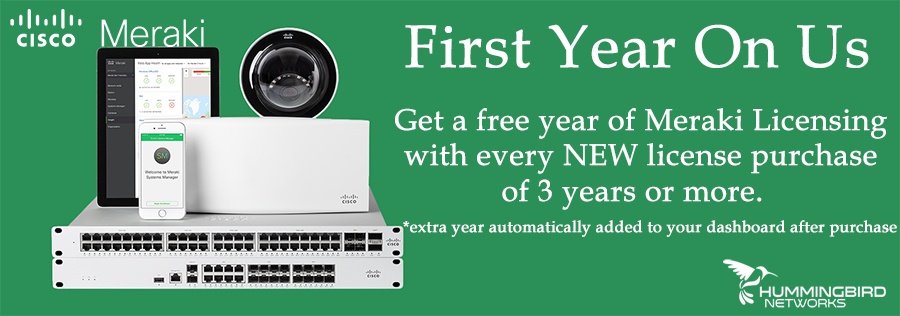 Remote working is now the new normal, and while this is convenient for most people, it can also make you vulnerable to cybercrimes. Without the protection of your secure office network, you have to make do with the technology you have at home, which may be limited in terms of security features.
Remote working is now the new normal, and while this is convenient for most people, it can also make you vulnerable to cybercrimes. Without the protection of your secure office network, you have to make do with the technology you have at home, which may be limited in terms of security features.
The best route you can take is to employ some additional measures to secure your devices at home. Here are some tested and proven ways on how to do that:
A Biometric Scanner
Biometric authentication may sound too complicated a concept, but it actually only refers to fingerprint, face, and iris-recognition technology that has infiltrated mainstream devices and spaces today. Biometry measures and analyzes an individual's physical traits like fingerprints, iris patterns, and gait in order to convert them into digital data and turn them into biometric templates based on specific formulas. When a device makes use of biometry for authentication, Security Boulevard notes that its primary purpose is to verify if that person is really who they are claiming to be by way of comparing their previously collected and stored data with biometric data.
An Enterprise Firewall
A hardware firewall like Cisco ASA enables you to protect each device that operates within the office, as well as the entirety of your business network. It creates multiple checkpoints in your network firewall security and delivers complete endpoint  protection of your network and online activity. Additionally, it also offers a bevy of useful business features, including a VPN for businesses with remote offices. However, this firewall has a complex interface, making it tough for small enterprises with only a few computers or devices to protect. It's only advisable for medium and large organizations that are incredibly security-conscious. When working from home, look into a small business or SOHO firewall from Cisco Meraki, Sophos, or Fortinet.
protection of your network and online activity. Additionally, it also offers a bevy of useful business features, including a VPN for businesses with remote offices. However, this firewall has a complex interface, making it tough for small enterprises with only a few computers or devices to protect. It's only advisable for medium and large organizations that are incredibly security-conscious. When working from home, look into a small business or SOHO firewall from Cisco Meraki, Sophos, or Fortinet.
An Encrypted Flash Storage System
When it comes to cybersecurity, people often prioritize software solutions and fail to focus on hardware vulnerabilities. At this level, this PDN Analyzer user guide explains how ensuring that the proper voltage range is provided to printed circuit boards will prevent potential memory loss and power failure in the long run. In addition, enabling device identity in flash storage systems ensures the achievement in security-by-design and opens up a way to secure an IoT device from chip to cloud.
An Anti-Virus Software
Anti-virus software appears to be a relic of the past, but it's still very useful when it comes to protecting today's computers. Peter Jarrett highlights that while it's not exactly the silver bullet to counter cybercrime like some users assume, they provide a  barrier and a level of protection from malicious hackers that are out to get their hands on your pertinent data. When you have anti-virus software installed, be sure to keep the signatures up to date and conduct scans regularly, especially on unfamiliar files before you open them. If you notice any unusual behavior happening in your system, it's also a sign that you need to run a scan to pinpoint if your computer is harboring any viruses. Moreover, you might also want to consider installing ad-blockers to avoid incurring viruses from unsafe sites. Virus software really has been taken over by anti- malware software, which includes protection for malware, and viruses.
barrier and a level of protection from malicious hackers that are out to get their hands on your pertinent data. When you have anti-virus software installed, be sure to keep the signatures up to date and conduct scans regularly, especially on unfamiliar files before you open them. If you notice any unusual behavior happening in your system, it's also a sign that you need to run a scan to pinpoint if your computer is harboring any viruses. Moreover, you might also want to consider installing ad-blockers to avoid incurring viruses from unsafe sites. Virus software really has been taken over by anti- malware software, which includes protection for malware, and viruses.
Router Configurations
Hacker Noon underscores that once a hacker infiltrates your home network, you're pretty much done for. Malware campaigns, data and identity theft, and botnets are just some of the ways they can take advantage of your network. To avoid this, making the necessary router configurations is needed. You’ll need to change your SSID to make it difficult for hackers to identify what type of router you have. Ideally, your network name shouldn't indicate any personal information as it can be used in identity theft. You should also use a strong password that is long and complicated, and turn on WPA2 encryption with AES (Advanced Encryption Standard) if possible. It's currently the most secure encryption standard you can get.
Conclusion
With more than 15 years of experience in the IT field, Hummingbird Networks understands the needs of remote workers. We’re highly skilled at selling, installing, and maintaining all the tools and equipment you may need. Our support team is on standby for consultation on the process and cost of setting up. Don’t hesitate to contact us for details.










